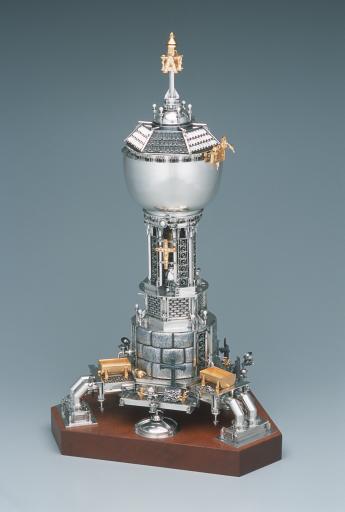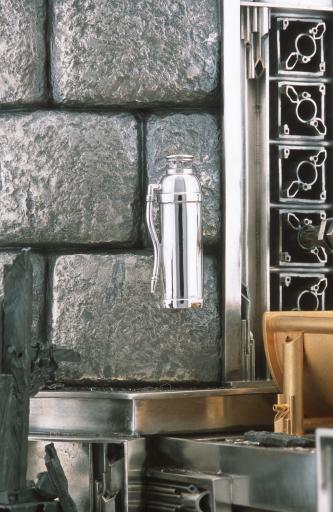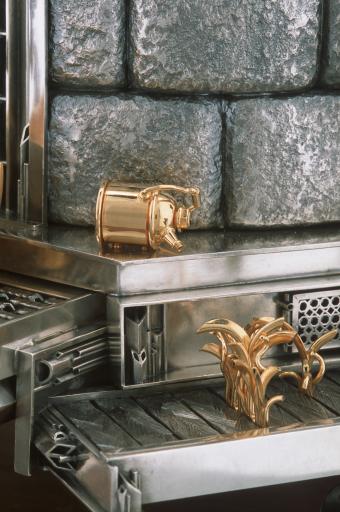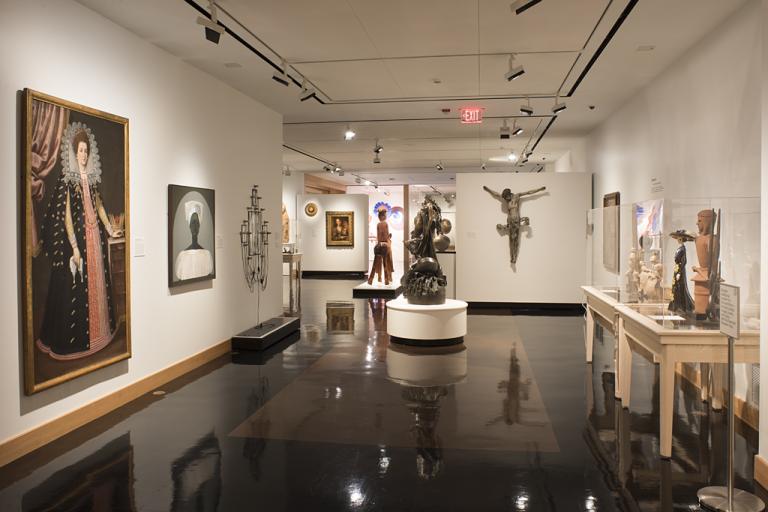Alpha-Omega: Water Tower #5, Richard Mawdsley
Artwork Overview
Richard Mawdsley, artist
born 1945
Alpha-Omega: Water Tower #5,
1995–1999
Where object was made: United States
Material/technique: pearls; rhodium plating; mahogany; sterling silver; gold plating
Dimensions:
Object Height/Width/Depth (Height x Width x Depth): 56.5 x 33 x 28.5 cm
Object Height/Width/Depth (Height x Width x Depth): 22 1/4 x 13 x 11 1/4 in
Object Height/Width/Depth (Height x Width x Depth): 56.5 x 33 x 28.5 cm
Object Height/Width/Depth (Height x Width x Depth): 22 1/4 x 13 x 11 1/4 in
Credit line: Museum purchase: Peter T. Bohan Art Acquisition Fund
Accession number: 2000.0120
On display: Michaelis Gallery
If you wish to reproduce this image, please submit an image request





























